The Invisible Crisis Hiding in Plain Sight

You might think that apple core you toss in the trash is just harmless organic matter, but every piece of discarded food is quietly contributing to one of the most pressing environmental issues of our time. In 2022, the world wasted 1.05 billion metric tons (1.16 billion tons) of food — amounting to one-fifth (19%) of food available to consumers being wasted at the retail, food service, and household levels. This staggering amount represents more than just economic loss; it’s a silent accelerator of environmental destruction. Households waste at least one billion meals a day. On average, each person wastes 79kg of food annually therefore the equivalent of at least one billion meals of edible food is being wasted in households worldwide every single day, using a very conservative assessment on the share of food waste that is edible. This is the equivalent of 1.3 meals every day for everyone in the world impacted by hunger. What makes this crisis particularly insidious is how it operates behind the scenes, turning our everyday food choices into environmental catastrophes. Globally, if food waste could be represented as its own country, it would be the third largest greenhouse gas emitter, behind China and the United States.
The Methane Monster Lurking in Landfills
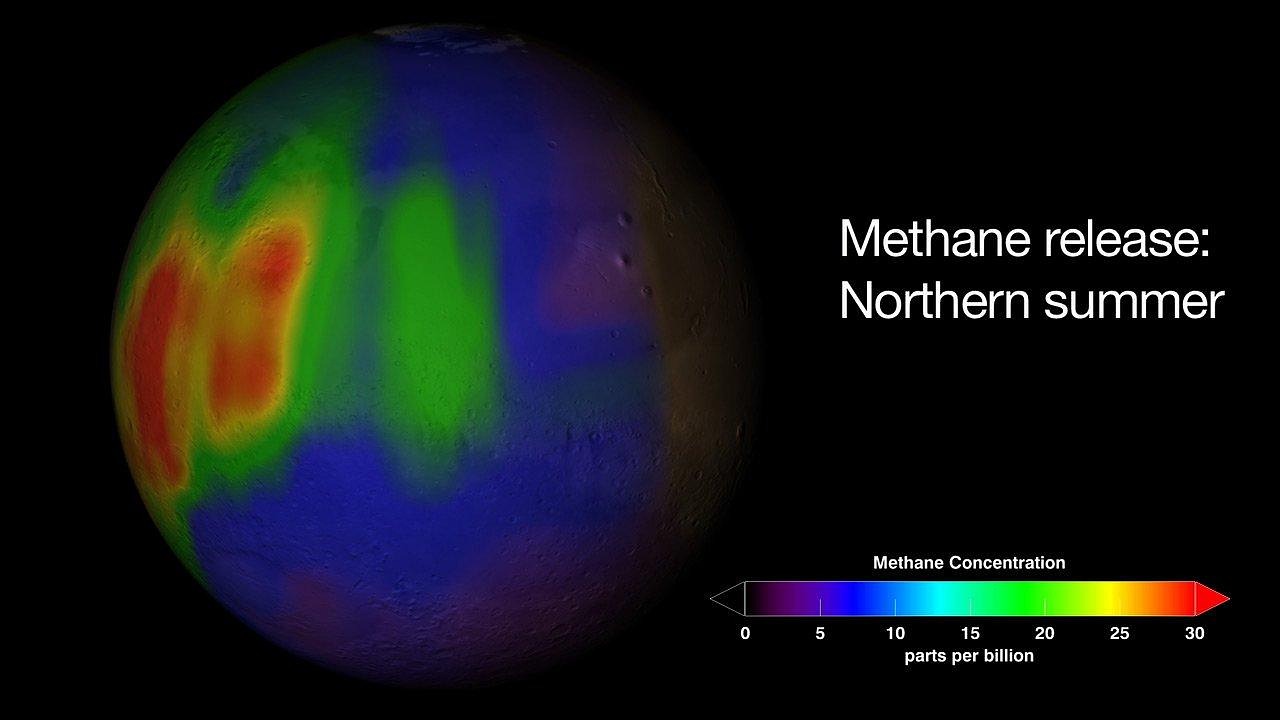
When food waste reaches landfills, it transforms into something far more dangerous than rotting organic matter. Due to its quick decay rate, food waste in landfills is contributing to more methane emissions than any other landfilled materials. An estimated 58 percent of the fugitive methane emissions (i.e., those released to the atmosphere) from municipal solid waste landfills are from landfilled food waste. Methane—a gas around 28 times as potent at carbon dioxide. To put this in perspective, A 2023 EPA report found that food waste in American landfills produced about 55 million metric tons of CO2 equivalent methane in 2020. Those emissions would equal the pollution output of about 15 coal-fired power plants. The process happens because solid waste (including food) typically ends up in heavily compacted conditions where there is no oxygen. The bacteria that feed on that waste thrive in those anaerobic conditions, producing methane. While landfills have systems to capture these emissions, The EPA estimates that 61% of the methane generated by food waste in landfills still reaches the atmosphere.
China’s Massive Food Waste Footprint

The gross amount of food waste in China exceeds 108 million tons annually, as of 2024. The large quantities of food waste reported by China, while considerable, probably shouldn’t be too much of a surprise for the world’s most populous country. Per capita, about 76 kg of food is wasted each year. This enormous volume of waste places tremendous strain on China’s environmental systems, particularly as the country continues to urbanize rapidly. The sheer scale of China’s food waste creates a domino effect that impacts global environmental patterns, from increased methane emissions to resource depletion. What’s particularly concerning is that this waste occurs alongside significant rural poverty and food insecurity in some regions, highlighting the disconnect between abundance and access. The environmental cost of this waste extends far beyond China’s borders, contributing to global warming patterns that affect weather systems worldwide.
America’s $408 Billion Food Waste Problem
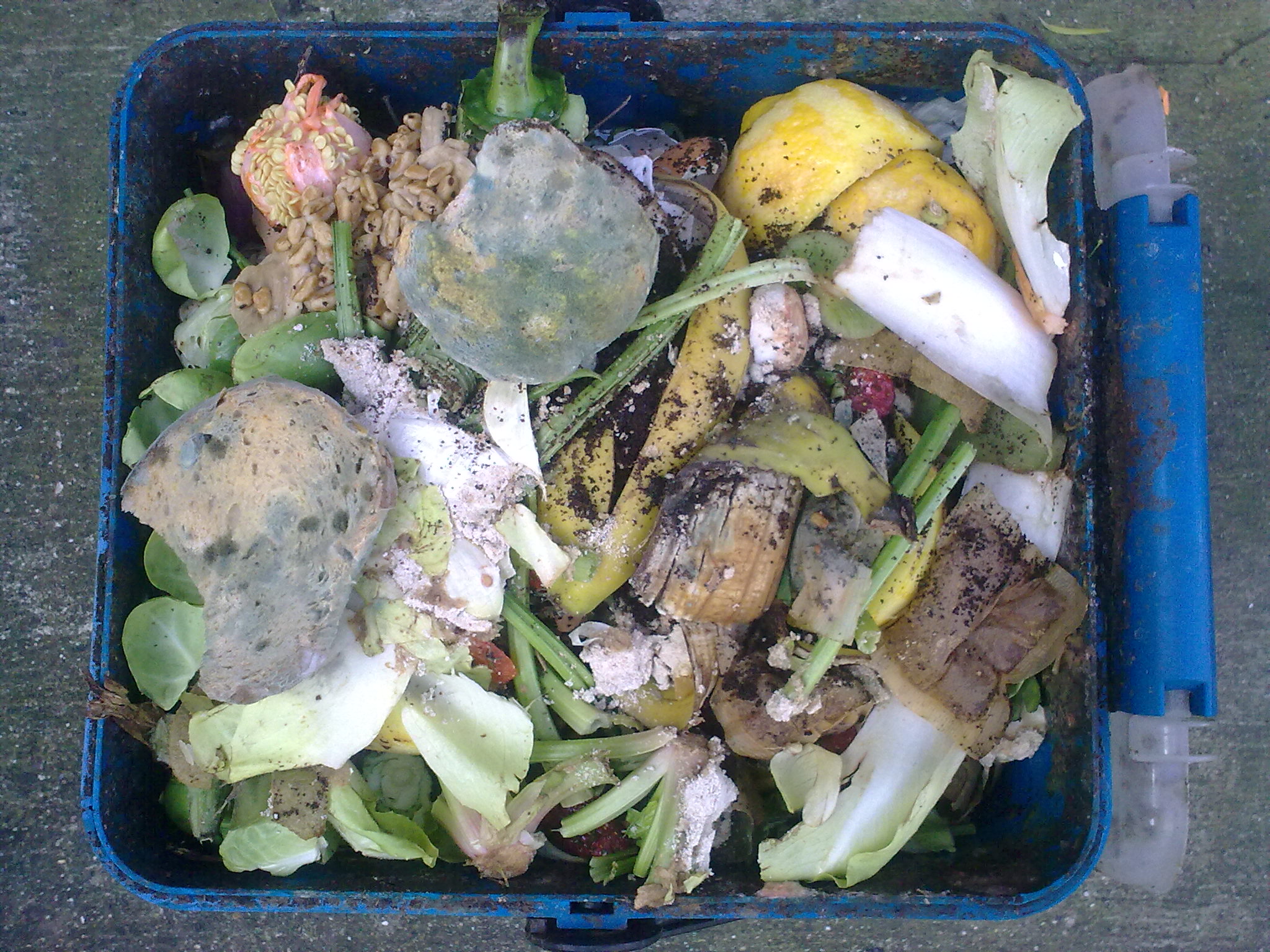
According to the nonprofit organization Feeding America, Americans waste more than $408 billion each year on food, with dairy products being the food item we toss out the most. The average American family of four throws out $1,600 a year in produce. According to the World Wildlife Federation, the production of wasted food in the United States is equivalent to the greenhouse emissions of 37 million cars. This massive waste stream doesn’t just represent lost money; it’s an environmental disaster unfolding in millions of American households every day. In the U.S., based on U.S. Environmental Protection Agency data (2019), the percentages are flipped, with 40% of the 66.2 million tons of wasted food generated by households, and 60% from food service and food retail. The environmental impact extends far beyond the immediate waste, encompassing all the resources used to produce, transport, and process that discarded food. Impacts include: greenhouse gas emissions of more than 42 coal-fired power plants; enough water and energy to supply more than 50 million homes; the amount of fertilizer used in the U.S. to grow all plant-based foods for U.S. human consumption; and an area of agricultural land equal to California and New York.
Global Households Drive 60% of Food Waste
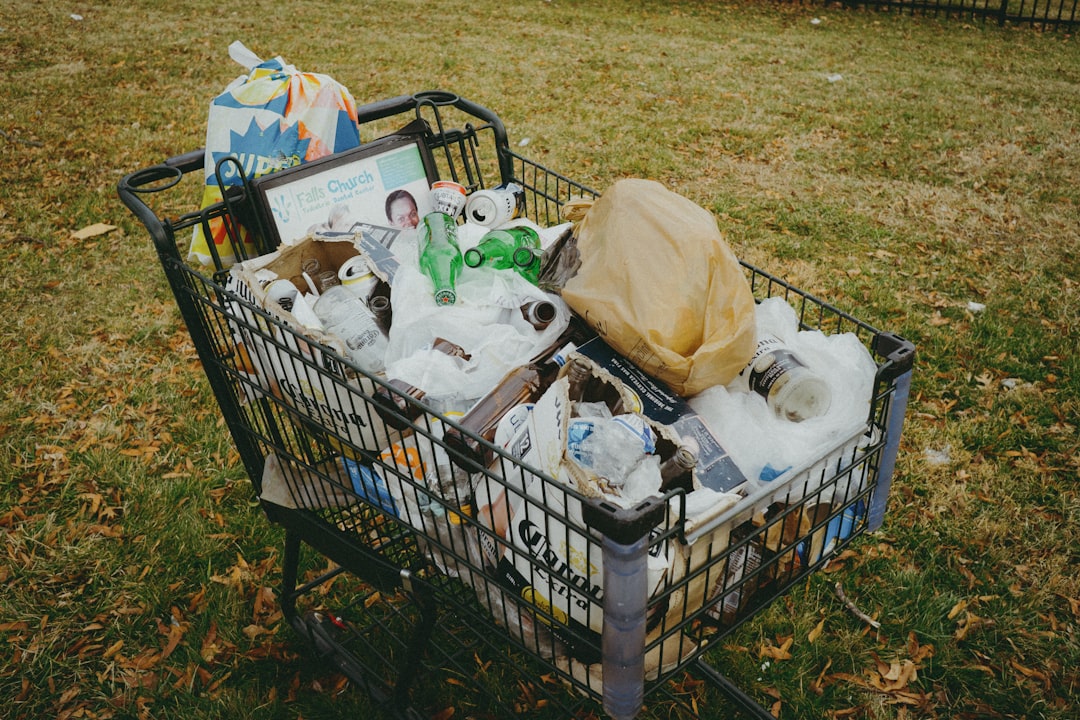
Most of the world’s food waste comes from households. Out of the total food wasted in 2022, households were responsible for 631 million metric tons, equivalent to 60%. The food service and retail sectors’ portion were 421 million metric tons, or 40% (290 and 131 million metric tons, respectively). This means that ordinary people, making daily decisions in their kitchens, are actually the biggest drivers of global food waste. Food waste is not just a “rich country” problem. Following a near doubling of data coverage since the 2021 Food Waste Index Report was published, there has been increased convergence in the average per capita household food waste. High-income, upper-middle income, and lower-middle income countries differ in observed average levels of household food waste by just 7 kg/capita/year. This global pattern reveals that food waste isn’t simply about wealth or development level, but about systemic issues in how we produce, distribute, and consume food. The environmental implications are staggering when you consider that each household’s waste contributes to the larger methane emissions problem affecting global climate patterns.
The Water Crisis Hidden in Every Wasted Meal

With agriculture accounting for 70 percent of the water used throughout the world, food waste also represents a significant waste of freshwater and groundwater resources. It is said that the water used to produce just the food that is not eaten each year is three times the volume of Lake Geneva in Switzerland (with a total water volume of 21 cubic miles). By throwing out one kilogram of beef, you are essentially wasting 25,000 liters of water that were used to produce that meat. In the same way, over 1,000 liters of water are wasted when you pour one liter of milk down the drain. The IPCC further highlights that this waste contributes 8% to 10% of greenhouse gas emissions from human activities, equivalent to 3.3 billion tons of CO2 annually. Additionally, this waste entails the consumption of 250 cubic kilometers of water annually, which is three times the volume of Lake Geneva or the average annual flow of the Nile. Spain, a country plagued by an endemic water crisis, serves as an illustrative example: between 2018 and 2023, as reported by the Ministry of Agriculture, Fisheries and Food, food wastage resulted in the consumption of 31 million cubic meters of water annually. This water waste becomes even more critical as climate change intensifies droughts and water scarcity worldwide.
From Farm to Landfill: The Resource Hemorrhage

Produced but uneaten food occupies almost 1.4 billion hectares of land – roughly 30% of the world’s agricultural land area. This represents one of the most inefficient uses of our planet’s resources, as vast areas of fertile land are essentially being used to grow food that will never fulfill its purpose. Global food waste on farms amounted to 1.2 billion tonnes per year, making it one of the biggest environmental issues and contributors of climate change. The environmental cost extends far beyond the immediate waste, encompassing deforestation, habitat destruction, soil degradation, and biodiversity loss. Agricultural production is responsible for at 33%, the greatest amount of total food wastage volumes. Upstream wastage volumes, including production, post-harvest handling and storage, represent 54% of total wastage, while downstream wastage volumes, including processing, distribution and consumption, is 46%. Thus, on average, food wastage is balanced between the upstream and downstream of the supply chain. Every hectare of land used to produce wasted food represents lost opportunities for carbon sequestration, wildlife habitat, and sustainable agriculture practices.
The Climate Acceleration Effect
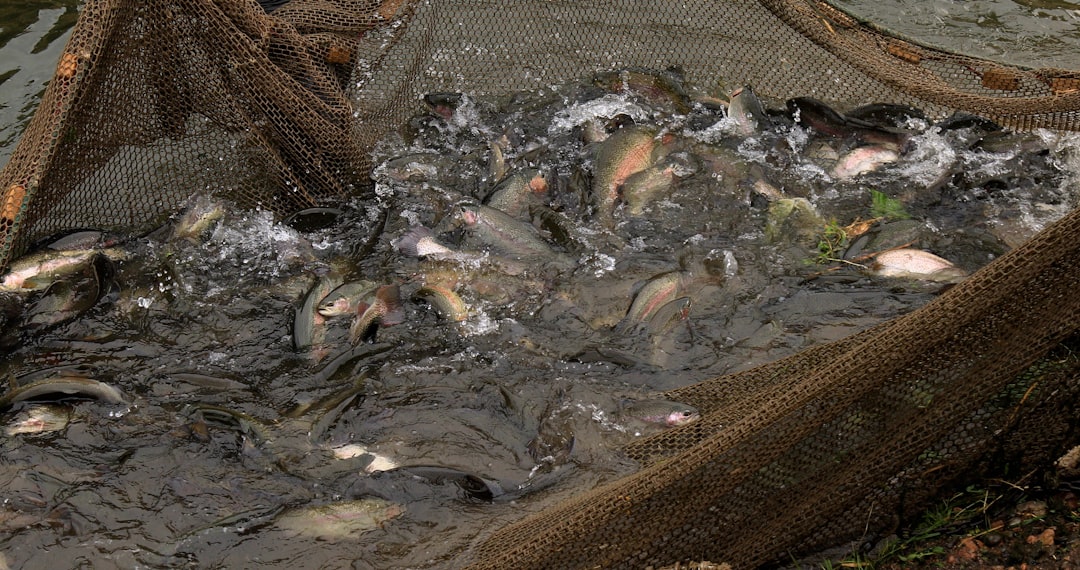
Estimates suggest that 8-10 per cent of global greenhouse gas emissions are associated with food that is not consumed. Food loss and waste generates 8% to 10% of global greenhouse gas (GHG) emissions — almost five times the total emissions from the aviation sector. This means that food waste alone contributes more to climate change than the entire aviation industry, yet it receives far less attention in environmental discussions. Methane is a powerful greenhouse gas—80 times more potent than carbon dioxide on a 20-year time frame. The IPCC reports that methane concentrations have increased rapidly since 2007, largely driven by fossil fuels and agriculture sectors. However, methane has a relatively short residence time in the atmosphere—it breaks down after about 12 years on average. Therefore, targeting methane sources now will reduce atmospheric GHG concentrations with effects that will be felt in just a decade or two—which is critical for limiting warming by 2050. The acceleration effect occurs because food waste doesn’t just release methane directly; it also represents all the carbon dioxide released during production, processing, and transportation of food that ultimately serves no purpose.
Pakistan’s Alarming Per Capita Waste
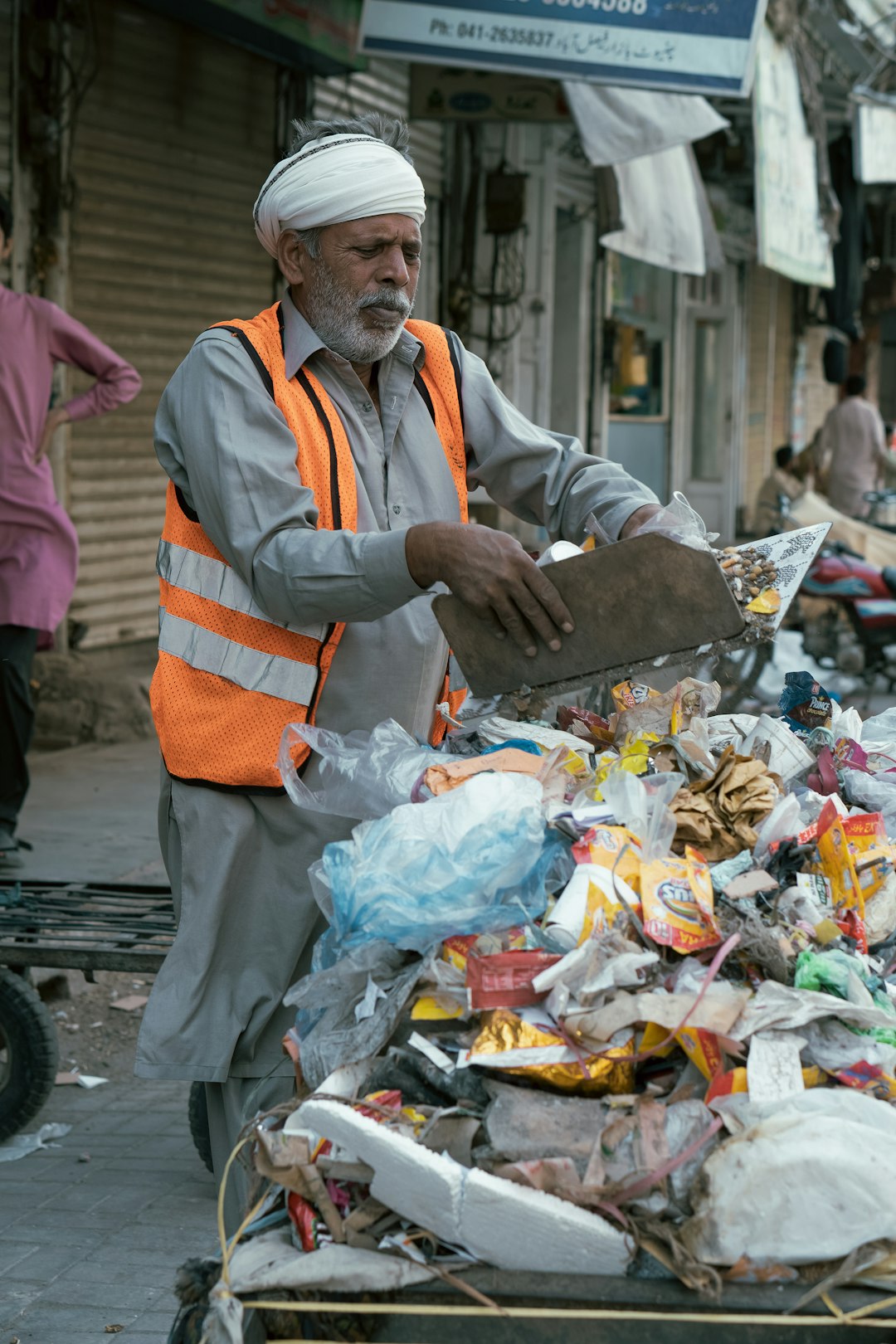
In Pakistan, almost 31 million tons of food was wasted in the year 2024. Per capita, Pakistanis waste as much food as Chinese and Indians combined, at 122 kg in a year. This extraordinarily high per capita waste rate in Pakistan represents a critical environmental challenge, particularly given the country’s vulnerability to climate change impacts. Pakistan faces severe water scarcity, frequent flooding, and extreme weather events, making food waste an even more pressing environmental concern. The country’s agricultural sector, which employs a large portion of the population, suffers from inadequate storage facilities and transportation infrastructure, leading to massive post-harvest losses. Nigeria wasted 24.8 million tons of food in 2024. That was about 106 kg per capita. The biggest reasons for food waste in Nigeria are poor storage facilities, inefficient transportation, and limited access to markets, causing much of the harvest to spoil before it ever reaches consumers. These infrastructure problems create a vicious cycle where environmental resources are wasted while communities face food insecurity.
The Methane Emissions Time Bomb
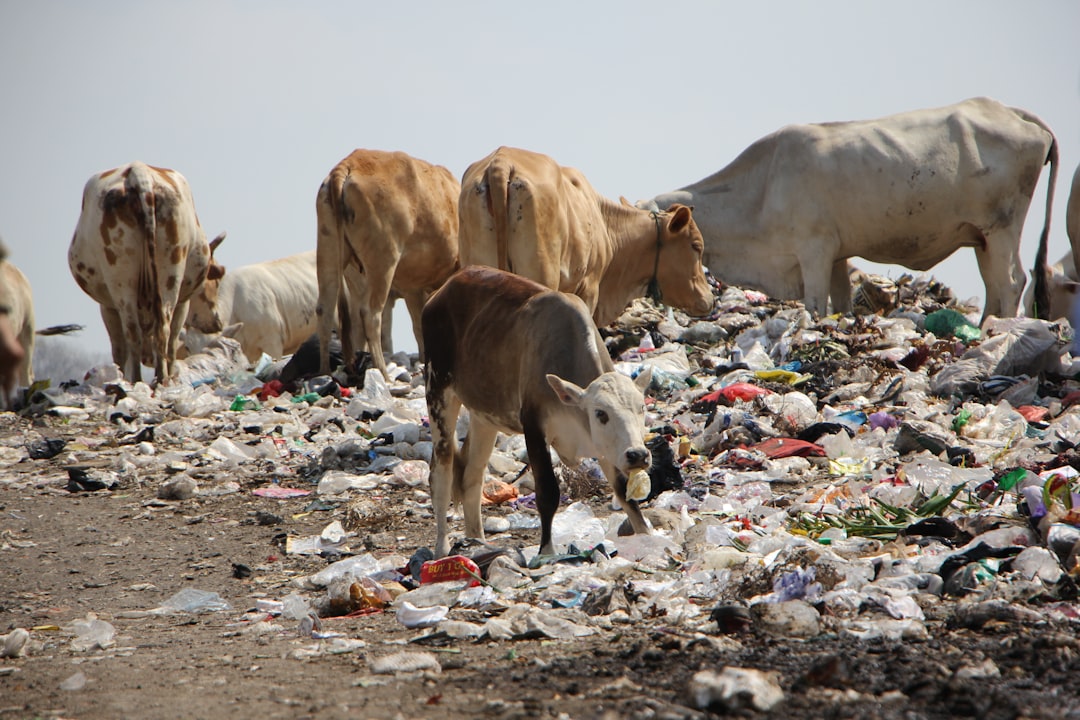
Municipal solid waste (MSW) landfills are the third-largest source of human-related methane emissions in the United States, accounting for approximately 14.4 percent of these emissions in 2022. The methane emissions from MSW landfills in 2022 were approximately equivalent to the greenhouse gas (GHG) emissions from more than 24.0 million gasoline-powered passenger vehicles driven for one year or the CO2 emissions from more than 13.1 million homes’ energy use for one year. The methane problem is particularly insidious because When MSW is first deposited in a landfill, it undergoes an aerobic (with oxygen) decomposition stage when little methane is generated. Then, typically within less than 1 year, anaerobic conditions are established and methane-producing bacteria begin to decompose the waste and generate methane. Inside landfills, food slowly breaks down and releases methane, a potent greenhouse gas that has 86 times the global warming potential of carbon dioxide (over a 20 year period)—meaning that methane makes the climate warm faster. To make matters worse, methane concentrations in the atmosphere have been growing rapidly in recent years. That’s why reducing methane is one of the most impactful ways to reverse climate change in the short term. This creates a ticking time bomb effect where today’s food waste continues to emit methane for years or even decades.
Every discarded banana peel, forgotten leftover, and expired yogurt container represents more than just waste—it’s a small but significant contribution to the environmental crisis that’s reshaping our planet. How much longer can we afford to ignore this silent destroyer hiding in our trash cans?
- How Meteorologists Predict Storms Using Satellite Data - October 3, 2025
- What Causes Rainbows And Why They’re Always Curved - October 1, 2025
- 3 Industries Face Crushing New Tariffs as Trade War Escalates - September 28, 2025

